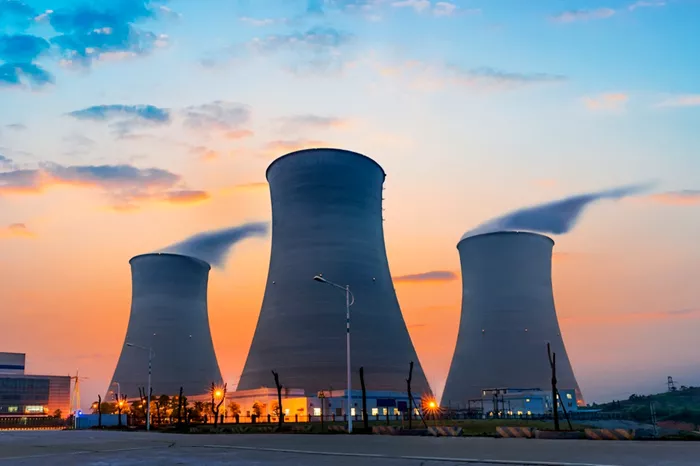In the latest edition of the Numbers Report, we explore significant developments in the energy and metals sectors from the past week. Our analysis delves into the figures shaping these industries and provides context for understanding the trends at play.
Libyan Exports Recover Amid Disruption Risks
Libya’s oil production has rebounded to pre-embargo levels, reaching a normal export pace of 1 million barrels per day (b/d). The National Oil Company reports production now at 1.3 million b/d, although European demand remains tepid, affecting sweet crude prices in the Atlantic Basin. The Zawiya refinery, processing 120,000 b/d, has resumed operations following improvements in crude supply and repairs to damaged equipment. However, concerns linger as rumors circulate regarding Field Marshal Haftar’s potential move to replace NOC’s executive Farhat Bengdara, raising the risk of another embargo.
Egypt Becomes Lifeline for European Refiners
European fuel oil cracks have surged to their highest level in a year, driven by strong demand from Egypt, which has turned to fuel oil for electricity generation due to declining natural gas production from the Zohr field. In September, Egypt’s fuel oil imports reached their highest level since 2016, totaling 255,000 b/d, with Saudi Arabia as the leading supplier. This unusual strength in fuel oil pricing is exacerbated by tight supply, seasonal refinery maintenance, and longer shipping routes increasing marine fuel consumption.
LNG Carrier Fleet Expansion Amid Supply Constraints
Despite rising demand for liquefied natural gas (LNG) ahead of winter, rental costs for LNG carriers have dropped to the lowest level for this time of year since at least 2018. The decline is largely attributed to fleet oversupply, with 36 new tankers making their first deliveries this year. While the LNG tanker order book is set to expand with new US capacities and Qatar’s output boosts, delays in commissioning have pushed spot daily freight rates to a mere $30,500. Although the US liquefaction capacity is projected to reach 91.4 million tonnes per annum (mtpa) by early 2024, upcoming project delays have led to a temporary lull in new liquefaction starts.
OPEC+ Production Declines Due to Libyan Embargo
OPEC+ production has decreased to 40.23 million b/d in September, reflecting a drop of 0.5 million b/d from August, primarily due to Libya’s oil embargo. Despite this decline, compliance remains an issue, with some members exceeding their collective target by 230,000 b/d. Weak demand forecasts, including OPEC’s recent downward revisions, jeopardize plans to restore 2.2 million b/d of production in 2025. Iraq claims compliance with its production target for the first time in 2024, citing reduced output in the Kurdistan region.
Investor Optimism Surrounds Mexico’s Pemex Reform
The global investment community is reacting positively to a new energy reform bill that would grant Mexico’s government greater control over state oil firm Pemex. The AMLO-backed legislation, which reclassifies Pemex and the utility firm CFE as public companies, has passed Mexico’s lower house and is awaiting upper house approval. Fitch Ratings suggests Pemex could regain investment-grade status if the government guarantees 75% of its outstanding bonds. Consequently, Pemex’s bond spreads have tightened significantly, reflecting increased investor confidence.
Rising Flaring Emissions Contradict Climate Goals
Global flaring emissions have risen by 7% compared to 2022 levels, with upstream operations emitting approximately 1 gigatonne of CO2. Russia remains the largest source of flaring, while Venezuela and Libya exhibit the highest flaring intensity per production volume. Despite a 20% increase in flaring intensity in the US, the country’s figures remain below the global average. The oil and gas industry has continued flaring 140 billion cubic meters of natural gas annually over the past decade, indicating a lack of progress towards reducing emissions.
Related topic:

